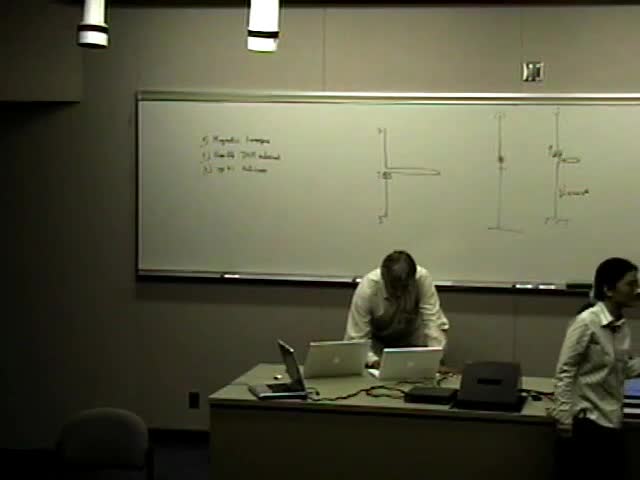Macroscopic Modeling of a Circular Rod with Twist and Bend in a Viscous Fluid
Presenter
September 19, 2007
Abstract
The overwound or underwound double helix of DNA occurs in DNA transcription, DNA replication, and formation of DNA loops in protein-DNA interactions, which are essential in biological processes. In particular, the deformation of circular DNA molecules occurs in many prokaryotic and viral DNAs and also occurs in the mitochondria of eukaryotic cells.
We consider an elastic rod in a closed circular configuration with a uniform twist that adds up to an integer number of full turns so that the triad configuration is smoothly periodic. Moreover this rod is embedded in the incompressible viscous fluid. A new version of the immersed boundary method is used to study the instability of a circular rod with twist and bend in a viscous fluid.
If the twist in the rod is sufficiently small, the rod simply returns to its circular equilibrium configuration, but for larger twists that equilibrium configuration becomes unstable, and the rod undergoes large excursions before relaxing to a stable coiled configuration.
